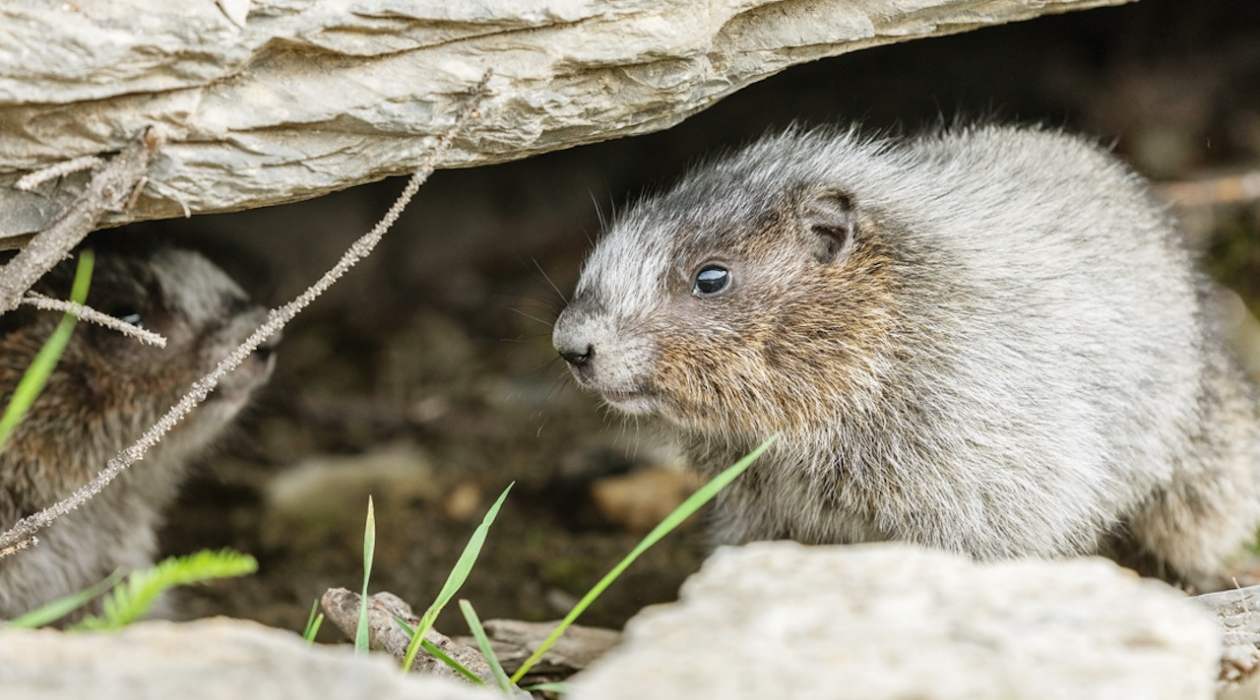

Articles
What Could Be Scratching In My Attic
Modified: February 29, 2024
Find articles and solutions to identify and eliminate mysterious scratching noises coming from your attic. Protect your home and maintain peace of mind.
(Many of the links in this article redirect to a specific reviewed product. Your purchase of these products through affiliate links helps to generate commission for Storables.com, at no extra cost. Learn more)
Introduction
Discovering a mysterious scratching sound in your attic can be quite unsettling. Your mind might start to race, wondering what creature could be lurking above your head. It’s natural to feel concerned about the potential damage they could cause or the risks they may pose to your home and family. In this article, we will explore the possible causes of those scratching sounds and provide insights into identifying the unwelcome visitors in your attic.
When you hear scratching noises in your attic, it’s important to address the issue promptly. Ignoring the problem could lead to further damage to your property or health risks from potential intruders. By understanding the signs, identifying the source of the sound, and taking appropriate action, you can ensure a safe and pest-free living environment.
Let’s delve into the details and gain a better understanding of what could be scratching in your attic.
Key Takeaways:
- Don’t ignore scratching sounds in your attic. Identify the culprit by looking for signs like droppings, chewed wires, and distinct odors. Take prompt action to protect your home and family.
- Consider hiring professional help to safely remove animals from your attic. Implement preventative measures like sealing entry points and maintaining a clean environment to avoid future infestations.
Read more: What Is The White Fluffy Stuff In My Attic
Signs of a Creature in the Attic
When you suspect there is a creature living in your attic, it’s essential to look for signs that confirm your suspicions. Here are some common indications that you may have unwelcome guests:
- Scratching and scurrying sounds: If you hear persistent scratching, scurrying, or thumping sounds coming from the attic, especially during the night when most animals are active, it is likely that some critter has taken up residence up there.
- Visible droppings or urine stains: Keep an eye out for droppings or urine stains near attic entry points, such as vents or gaps in the roofline. These can provide clues about the type of animal that is inhabiting your attic.
- Chewed wires or insulation: Animals in the attic may gnaw on electrical wires or insulation, causing potential fire hazards and energy inefficiency. If you notice these signs, it’s crucial to address the problem promptly.
- Unpleasant odors: A foul smell emanating from your attic is another indication of an animal infestation. The odor could be due to animal waste or from a dead animal that has not been removed.
- Footprints or tracks: Inspect dusty or soft areas in the attic for footprints or tracks. These can help identify the type of animal that has made your attic its home.
It’s important to note that different animals may exhibit distinct signs. Understanding these signs can assist you in determining the appropriate course of action for addressing the issue.
Common Animals That May Be Scratching in the Attic
Various animals are known to seek shelter in attics, drawn to the warmth, shelter, and abundance of nesting material. Here are some of the most common creatures that could be responsible for the scratching sounds in your attic:
- Rats and mice: These small rodents are skilled climbers and can easily access your attic through gaps or openings. They are notorious for chewing wires, causing damage to insulation, and contaminating your living space with their droppings and urine.
- Squirrels: Agile and persistent, squirrels are known for their acrobatic abilities and love for nesting in cozy attic spaces. They can cause damage by chewing on wood, insulation, and electrical wiring, and can be quite noisy as they scurry around.
- Bats: While bats are beneficial for the ecosystem, they can become a nuisance if they enter your attic. Bats typically make scratching noises, especially during their nocturnal activities. They can leave behind droppings, and in some cases, pose health risks due to the potential transmission of diseases such as rabies.
- Raccoons: These clever creatures are excellent climbers and can make their way into your attic through various entry points. Raccoons can cause significant damage to insulation, air ducts, and electrical wiring. Additionally, they may pose a threat to your safety if confronted, as they can be aggressive when cornered.
- Opossums: Opossums are less common but can still find their way into attics. They are generally not destructive, but their presence can lead to unwanted smells and potential contamination.
It’s important to note that identifying the specific animal in your attic may require professional assistance or further investigation. Understanding the possibilities can help you take appropriate action and prioritize the removal process.
Identifying the Scratching Sounds
When it comes to identifying the source of scratching sounds in your attic, there are several factors to consider. By paying close attention to the characteristics of the sounds, you can gather valuable information to help narrow down the possibilities. Here are some tips to help you identify the creature responsible:
- Sound patterns: Take note of the timing and consistency of the scratching sounds. Do you hear them primarily during the night or day? Are the sounds continuous or intermittent? These patterns can provide clues about the animal’s habits and behavior.
- Sound intensity: Pay attention to the volume of the scratching sounds. Some animals, like rats and mice, produce softer scratching noises, while others, such as raccoons, may cause louder and more forceful sounds.
- Distinct sounds: Try to listen carefully for any additional sounds that accompany the scratching. Some animals may make vocalizations, chirping, or rustling noises that can indicate their presence.
- Location of the sounds: Take note of where the scratching sounds are coming from. Are they concentrated in a particular area of the attic or spread throughout? This can help you determine the entry point and nesting location of the animal.
- Professional assistance: If you’re having difficulty identifying the sounds or suspect multiple types of animals, it’s advisable to seek the help of a professional pest control expert or wildlife removal specialist. They have the experience and knowledge to accurately identify the creature and assist with its removal.
Remember, each animal may have distinctive sounds and behaviors, so gathering specific details about the scratching noises will aid in resolving the issue effectively and efficiently.
Potential Dangers and Risks
Having a creature scratching in your attic may seem like a mere annoyance, but it can pose various dangers and risks that should not be ignored. Here are some potential hazards associated with having unwanted guests in your attic:
- Structural damage: Animals in the attic can cause significant damage to your home’s structure. They may chew through electrical wires, insulation, and wooden beams, compromising the integrity of your property and potentially creating fire hazards.
- Health risks: Some animals can carry diseases and parasites that can be harmful to humans. Rats and mice, for example, are known carriers of various diseases, including hantavirus and leptospirosis. Bats may carry rabies, and their droppings can lead to respiratory issues if not properly handled.
- Contamination: The presence of animals in your attic can lead to unpleasant odors and the accumulation of feces and urine. This can not only create an unsanitary living environment but also attract other pests, such as insects and flies.
- Allergies and respiratory problems: The allergens present in animal droppings and dander can exacerbate allergies and respiratory issues, especially in individuals with pre-existing conditions. Breathing in these allergens can lead to coughing, sneezing, watery eyes, and asthma symptoms.
- Property damage: Animals nesting in your attic may bring in nesting materials such as leaves, twigs, and debris, further cluttering your space. Additionally, their droppings and urine can stain and damage insulation, ceiling, and belongings stored in the attic.
It is crucial to address the issue promptly to mitigate these risks and protect the well-being of your home and family. Taking steps to identify and address the animal infestation will help minimize potential dangers and prevent further damage to your property.
Inspect your attic for signs of animal entry such as chewed wood or insulation. Set up traps or call a professional to safely remove any unwanted critters.
Read more: Why Is My Cat Scratching The Bathtub?
Steps to Identify and Address the Issue
If you suspect there is a creature scratching in your attic, it’s important to take the following steps to identify and address the issue:
- Inspect the exterior: Start by examining the exterior of your home for any potential entry points. Look for gaps, cracks, or openings in your roof, vents, eaves, or chimney. Seal off any identified openings to prevent further animal intrusion.
- Listen and locate: Spend some time in your home listening for scratching or scurrying sounds, particularly during periods of animal activity, such as at night. Pinpoint the source of the sound to determine the area of the attic that the animal may be nesting in.
- Inspect the attic: Head up to the attic during daylight hours and carefully inspect the space. Look for signs of animal activity, such as droppings, urine stains, chewed wires or insulation, and nesting materials. Take precautions, wear protective gear, and be mindful of the potential presence of animals.
- Identify the animal: Use the signs you observed to try and identify the type of animal that has taken up residence in your attic. Research the behaviors, habits, and characteristics of the suspected animal to gain a better understanding of how to deal with it.
- Decide on a removal method: Depending on the type of animal and the severity of the infestation, you can choose between DIY methods or seeking professional help. If the infestation is extensive or involves hazardous animals such as bats, raccoons, or opossums, it is recommended to hire a licensed wildlife removal expert. They have the knowledge and tools to safely remove the animals and relocate them if necessary.
- Take preventive measures: Once the animal has been removed, it’s crucial to take preventive measures to ensure they don’t return. Seal off all entry points, trim trees and branches away from your roof, and install animal-proof screens or covers on vents and openings.
It’s important to remember that addressing an animal infestation in the attic can be challenging and potentially dangerous. If you are uncertain or uncomfortable dealing with the issue on your own, it’s always best to seek help from professionals in wildlife removal or pest control.
Hiring Professional Help
Dealing with an animal infestation in your attic can be a complex and potentially hazardous task. In situations where you’re unsure or uncomfortable handling the issue on your own, it’s advisable to seek the assistance of professional help. Here are some reasons why hiring a professional is a wise decision:
- Expertise and experience: Professional wildlife removal experts have the knowledge, training, and experience to effectively and safely handle animal infestations. They are familiar with various species and can accurately identify the type of animal in your attic. Their expertise allows them to implement the most appropriate removal methods and minimize risks.
- Safe removal practices: Certain animals, such as bats or raccoons, can pose serious health hazards or be protected by local regulations. Professional wildlife removal specialists are well-versed in local laws and regulations and follow ethical and humane practices to safely remove the animals from your attic.
- Prevention and long-term solutions: Professionals not only focus on removing the immediate animal infestation but also provide recommendations and solutions to prevent future occurrences. They can identify and seal off potential entry points, install protective measures, and offer guidance on maintaining a wildlife-free environment.
- Efficiency and time-saving: Handling an animal infestation on your own can be time-consuming and frustrating, especially if you lack the necessary tools and expertise. Professionals have the equipment, resources, and techniques to efficiently resolve the issue, saving you time and effort.
- Peace of mind: Hiring professional help gives you peace of mind, knowing that the situation is being handled by trained individuals. They can address any concerns, answer your questions, and provide ongoing support if needed.
When choosing a professional wildlife removal service, look for reputable companies with proper licensing and insurance. Read reviews, ask for recommendations, and compare quotes to ensure you find a reliable and trustworthy service provider.
Remember, your safety and the well-being of the animals are paramount. By hiring professional help, you can effectively address the animal infestation in your attic while minimizing risks and ensuring a humane solution.
Preventative Measures to Keep Animals Out
After dealing with an animal infestation in your attic, it’s crucial to take preventive measures to ensure that you don’t have a repeat occurrence. By implementing the following preventative measures, you can reduce the likelihood of animals making their way back into your attic:
- Seal off entry points: Inspect your home’s exterior and seal off any gaps or openings that animals could use to access your attic. Pay attention to areas around vents, chimneys, pipes, and roof edges. Use materials like caulk, steel wool, or wire mesh to cover these openings effectively.
- Trim trees and vegetation: Trim back any branches or vegetation that overhang or touch your roof. This prevents animals, like squirrels or raccoons, from using them as a bridge to gain access to your attic.
- Install animal-proof screens: Install screens or covers on vents, chimneys, and other openings to prevent animals from entering your attic. Ensure that these screens are made of strong material that cannot be easily chewed or removed by animals.
- Maintain a clean environment: Keep your attic clean and clutter-free. Remove any potential nesting materials, such as old boxes, newspapers, or fabrics. A clean attic environment reduces the attractiveness of the space to animals seeking a cozy shelter.
- Inspect and maintain your roof: Regularly inspect your roof for any damage or wear and tear. Replace any missing or damaged roof shingles or tiles promptly to maintain a strong and secure barrier against animal intrusion.
- Keep food sources away: Ensure that all potential food sources are stored securely and inaccessible to animals. This includes keeping garbage cans tightly sealed, not leaving pet food outdoors, and cleaning up any fallen fruits or birdseed.
- Consider professional inspections: Regularly schedule professional inspections of your home, particularly the roof and attic, to identify any potential vulnerabilities or signs of animal activity. Early detection can prevent infestations before they become more significant issues.
By implementing these preventative measures, you can greatly reduce the chances of animals finding their way into your attic. However, it’s important to remain vigilant and take swift action if you suspect any signs of animal activity in or around your home.
Remember, prevention is key to maintaining a pest-free environment and ensuring the protection of your property and family.
Conclusion
Discovering scratching sounds in your attic can be a cause for concern, but by following the steps outlined in this article, you can effectively identify and address the issue. Signs such as scratching sounds, droppings, chewed wires, and distinct odors can help you identify the type of animal that may be inhabiting your attic.
It’s important to understand the potential dangers and risks associated with having animals in your attic, such as structural damage, health risks, and contamination. Taking prompt action to remove the animals and implement preventative measures is crucial to protect your property and the well-being of your family.
While there are steps you can take on your own, hiring professional help from a reputable wildlife removal service is highly recommended, especially when dealing with potentially hazardous animals or extensive infestations. These professionals have the expertise, experience, and resources to handle the problem effectively and in a humane manner.
Prevention is key to long-term success and peace of mind. By sealing off entry points, trimming trees, installing animal-proof screens, maintaining a clean environment, and scheduling regular inspections, you can significantly reduce the chances of future animal infestations in your attic.
Remember, addressing and preventing animal infestations in your attic requires diligence and ongoing maintenance. By staying vigilant and taking appropriate measures, you can ensure a pest-free attic and maintain the safety and integrity of your home.
So, the next time you hear scratching sounds in your attic, don’t panic. Armed with the knowledge and steps provided in this article, you can confidently address the issue and create a habitable space free from unwelcome furry visitors.
Frequently Asked Questions about What Could Be Scratching In My Attic
Was this page helpful?
At Storables.com, we guarantee accurate and reliable information. Our content, validated by Expert Board Contributors, is crafted following stringent Editorial Policies. We're committed to providing you with well-researched, expert-backed insights for all your informational needs.
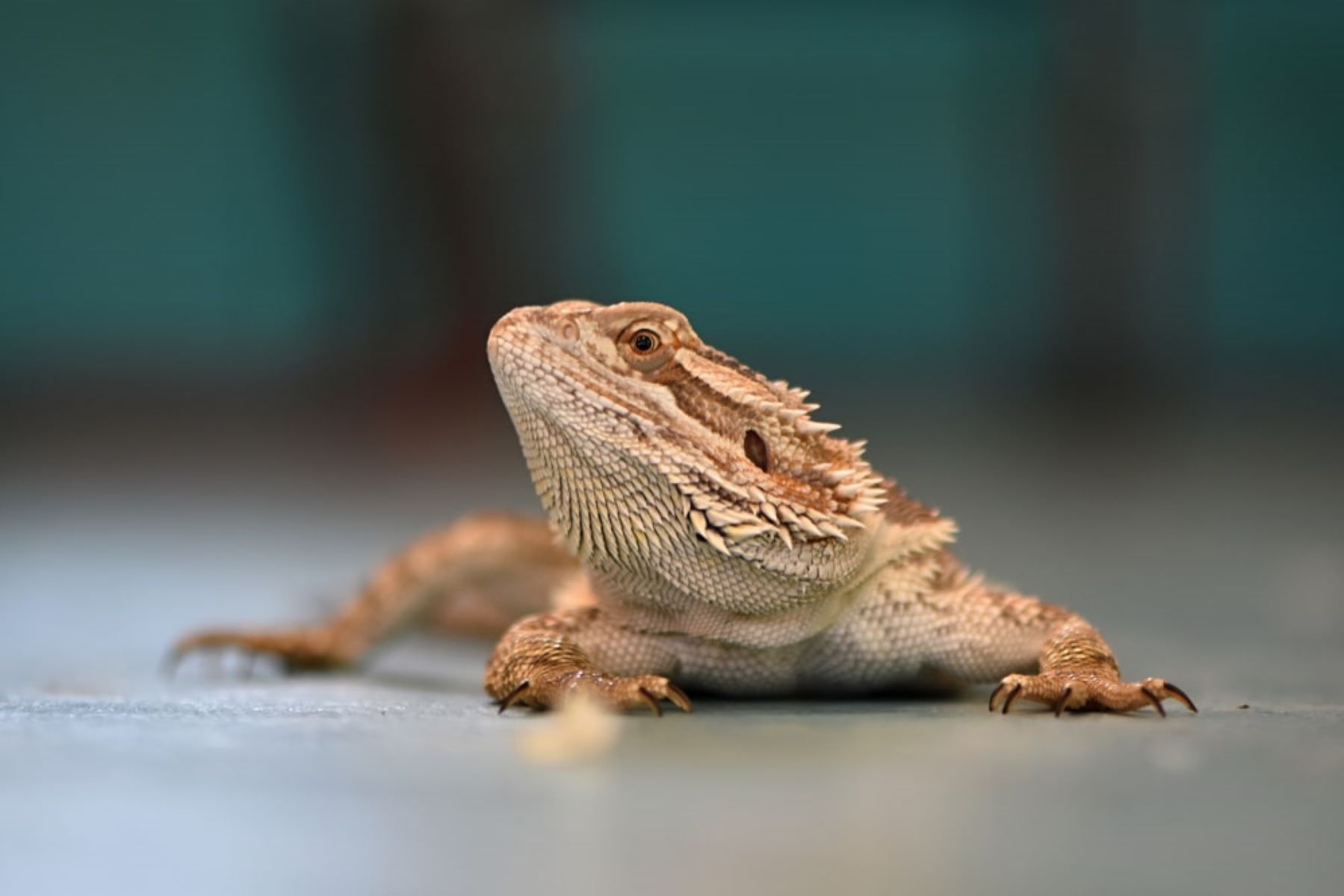
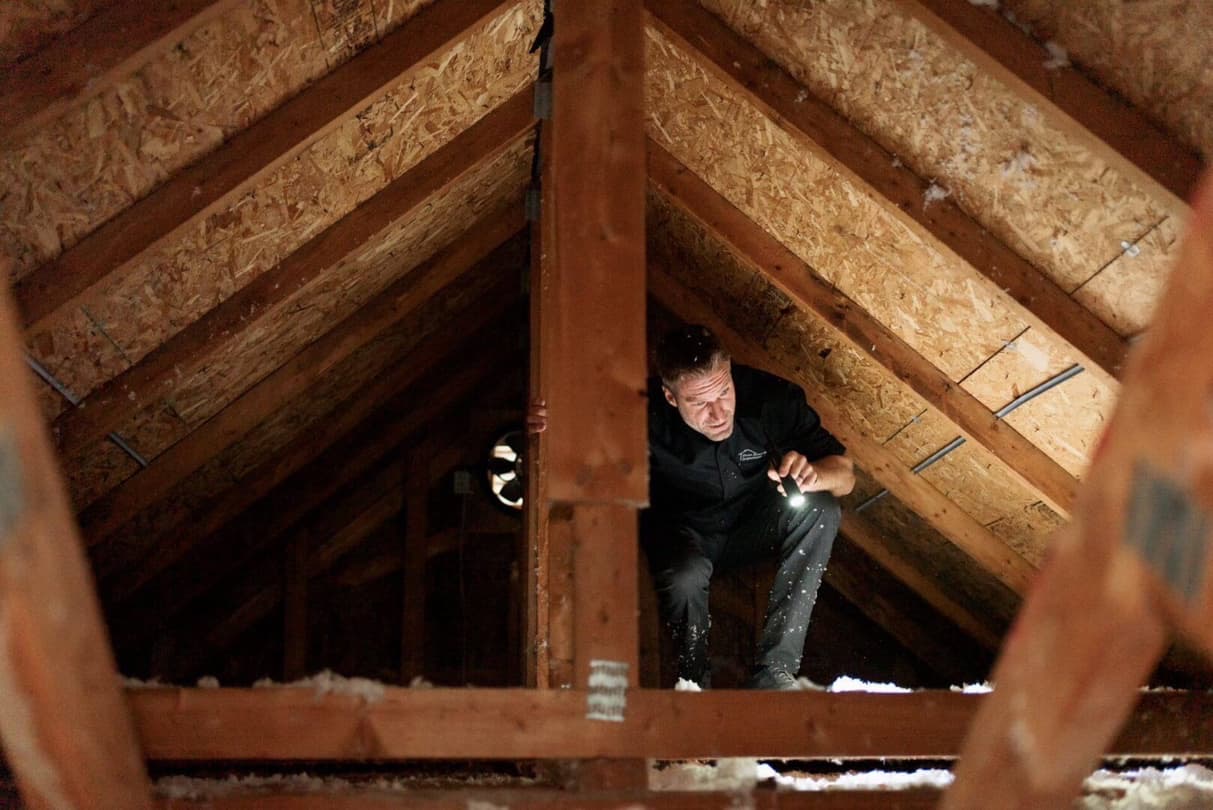
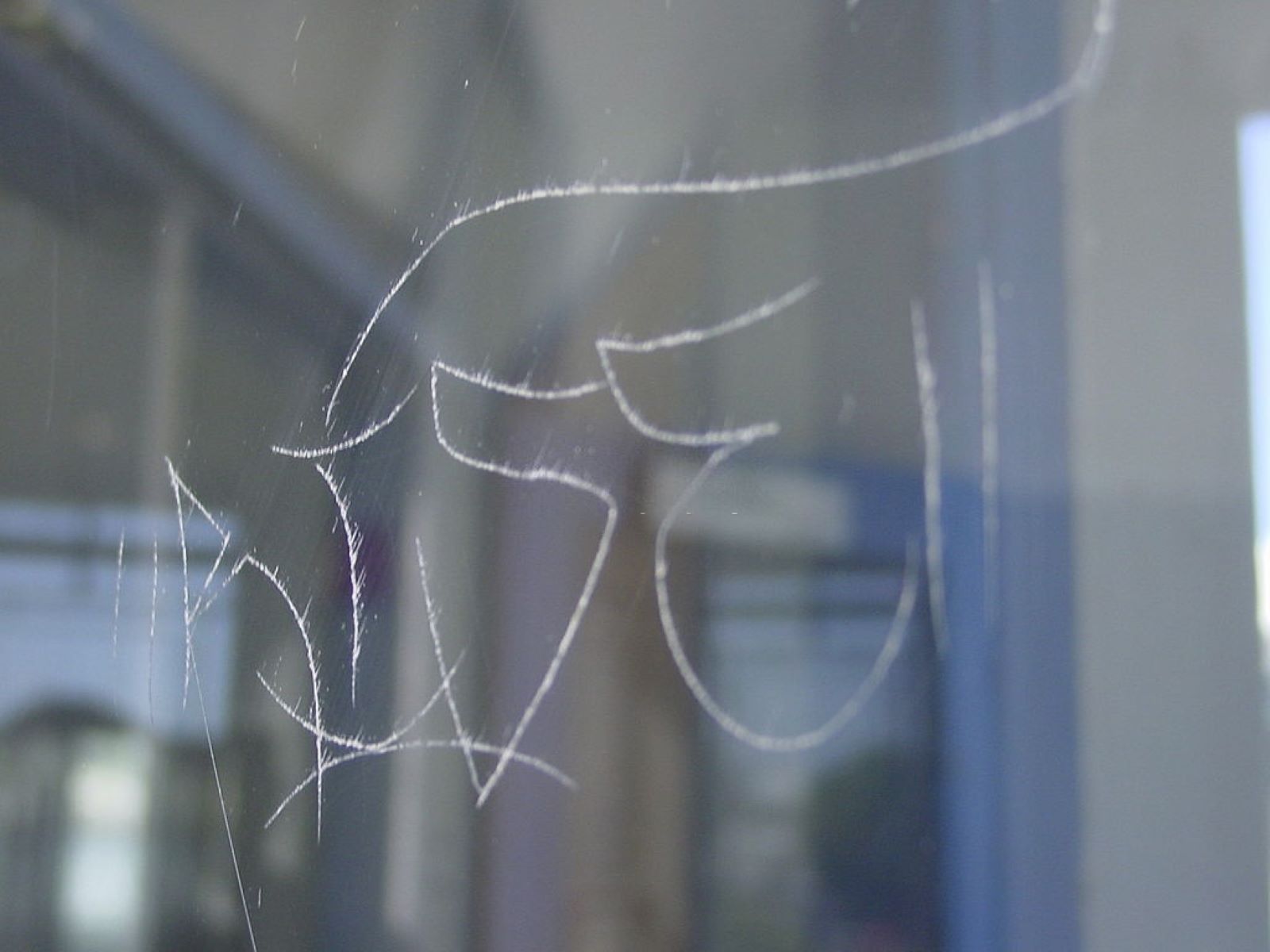
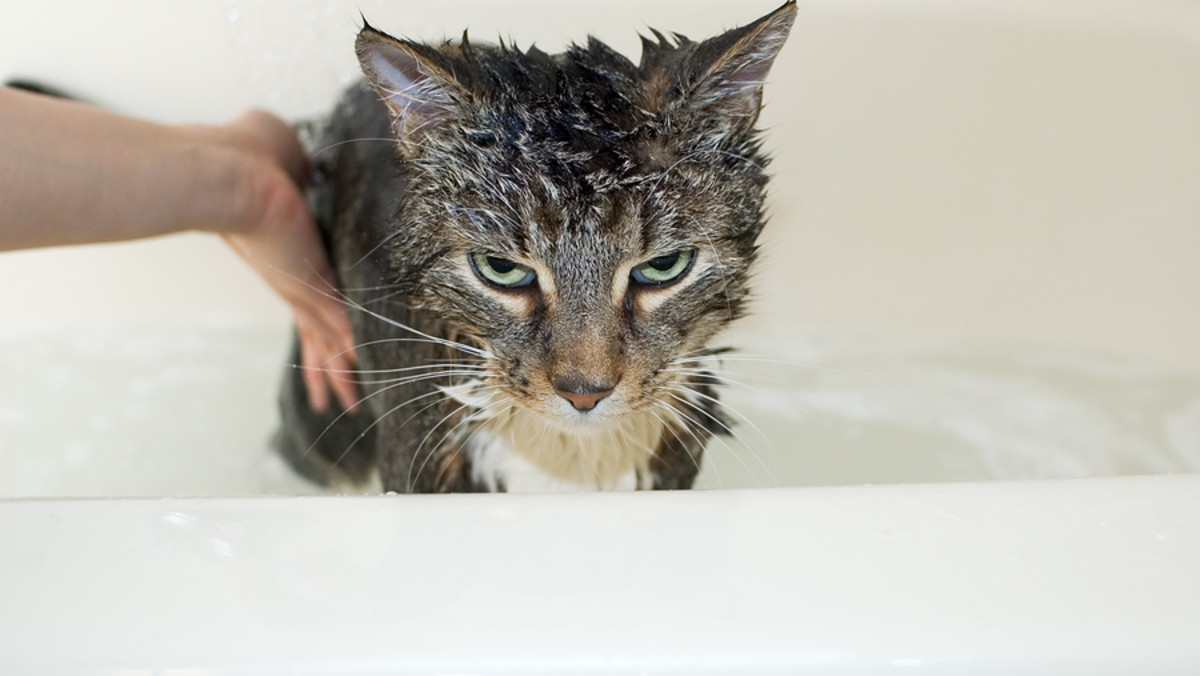
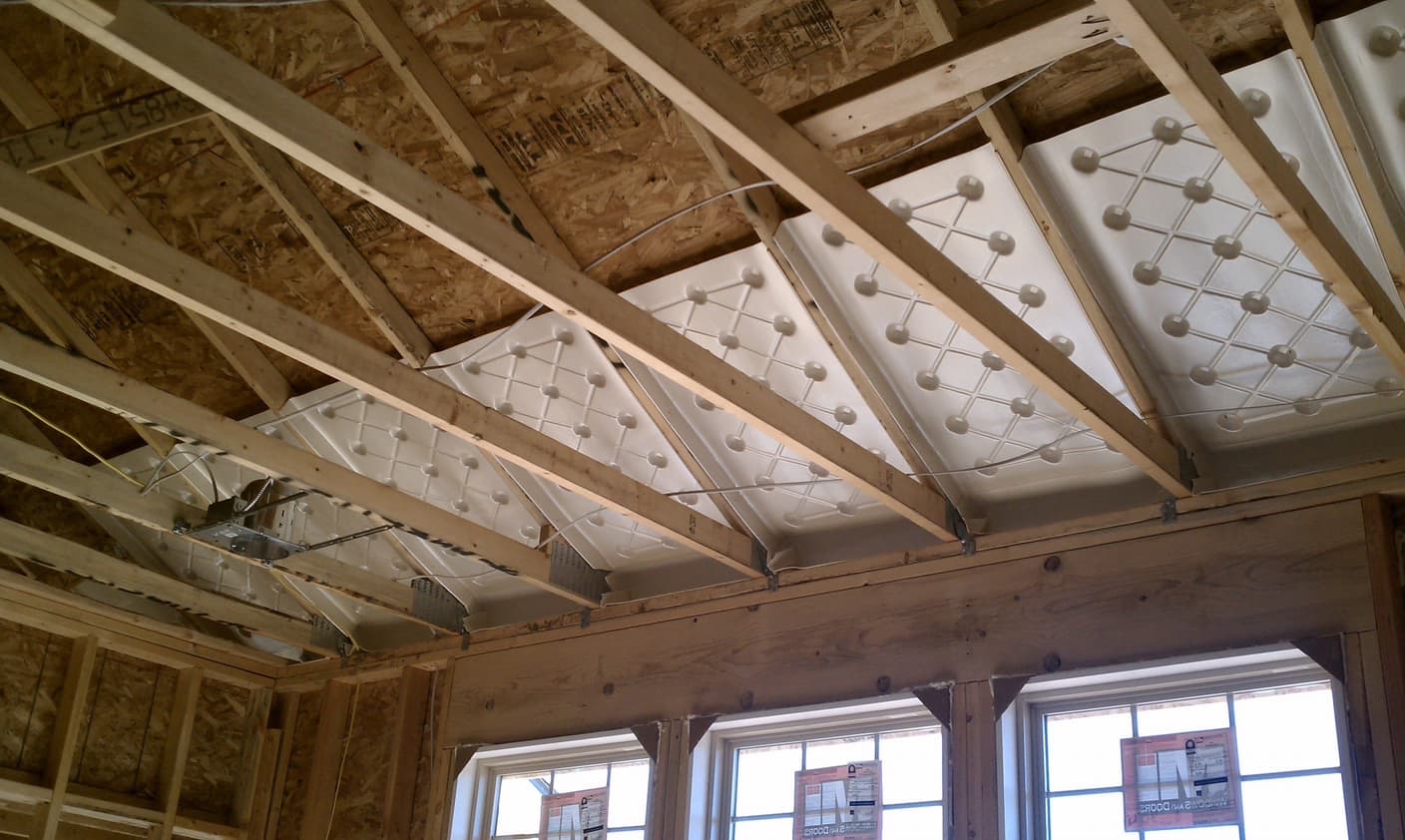
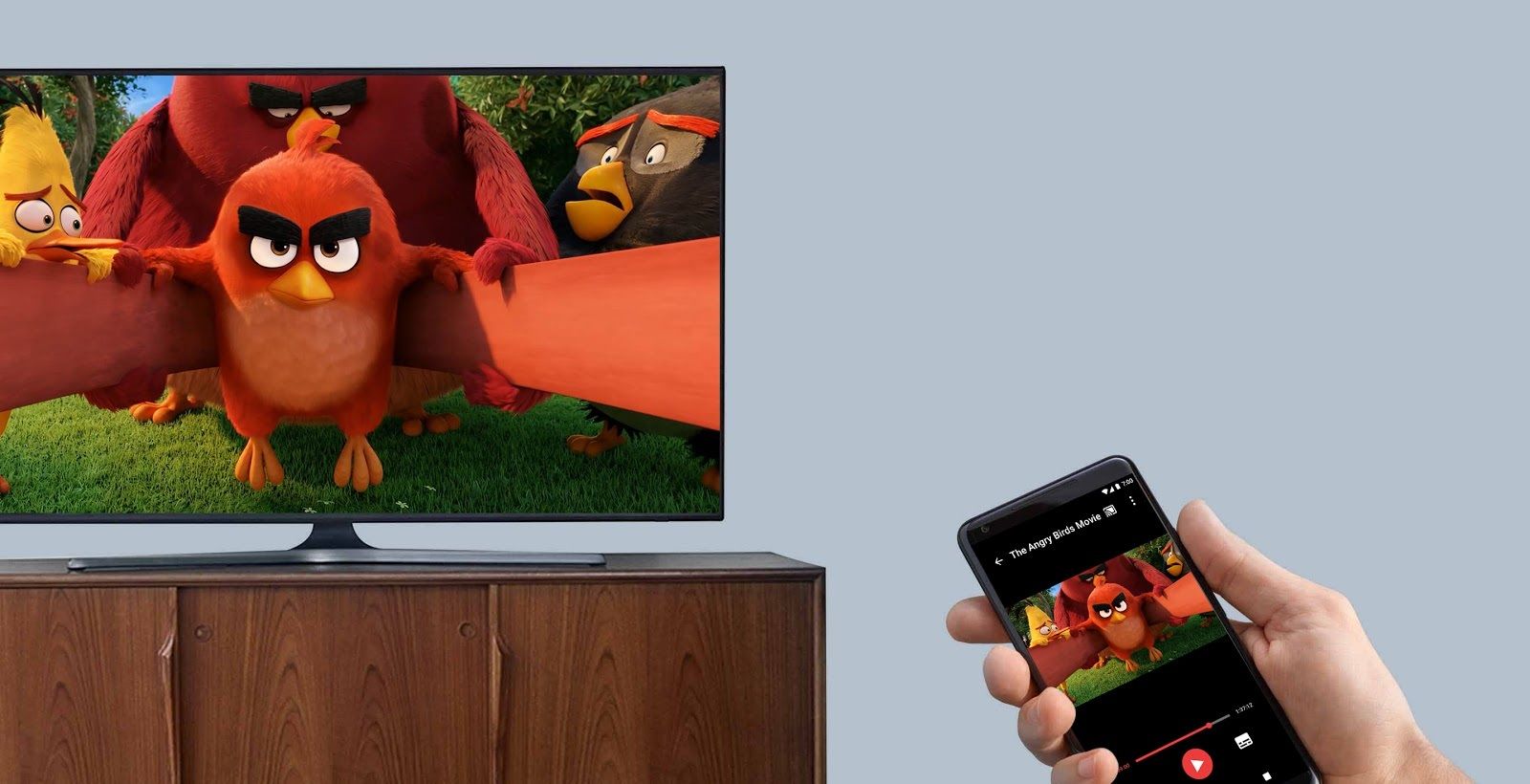

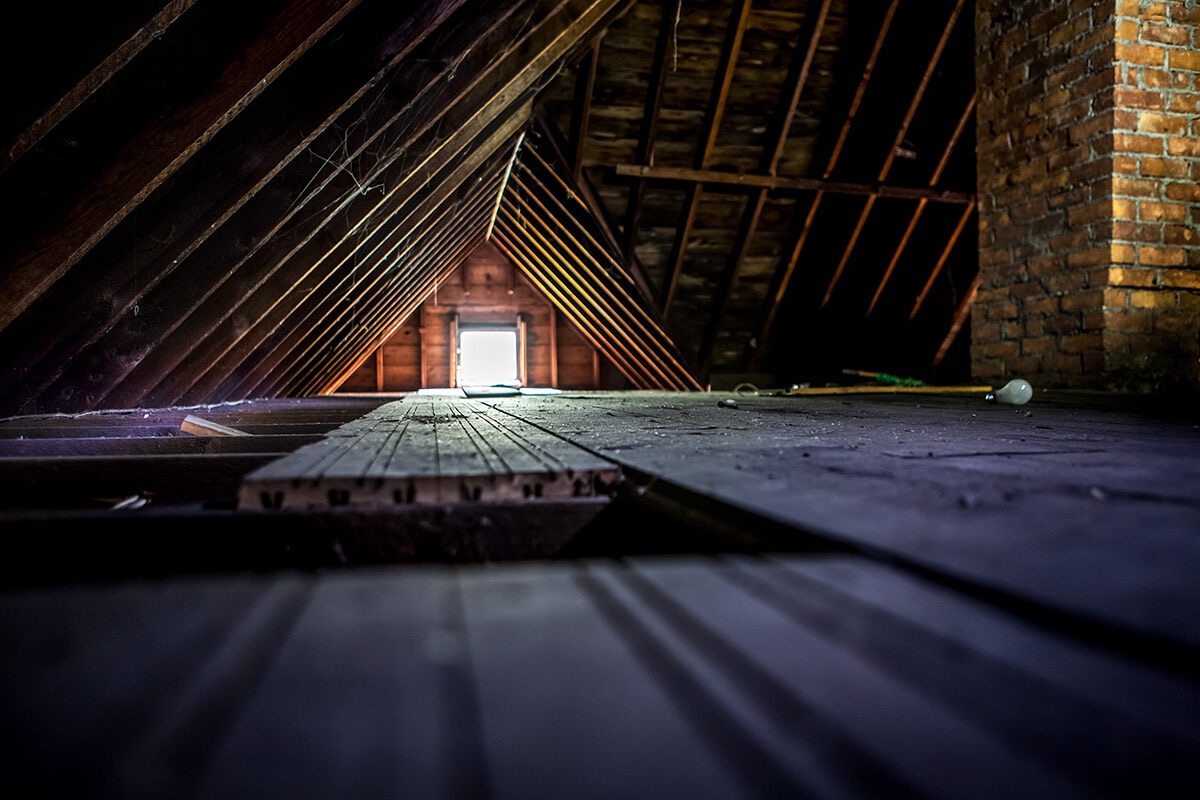
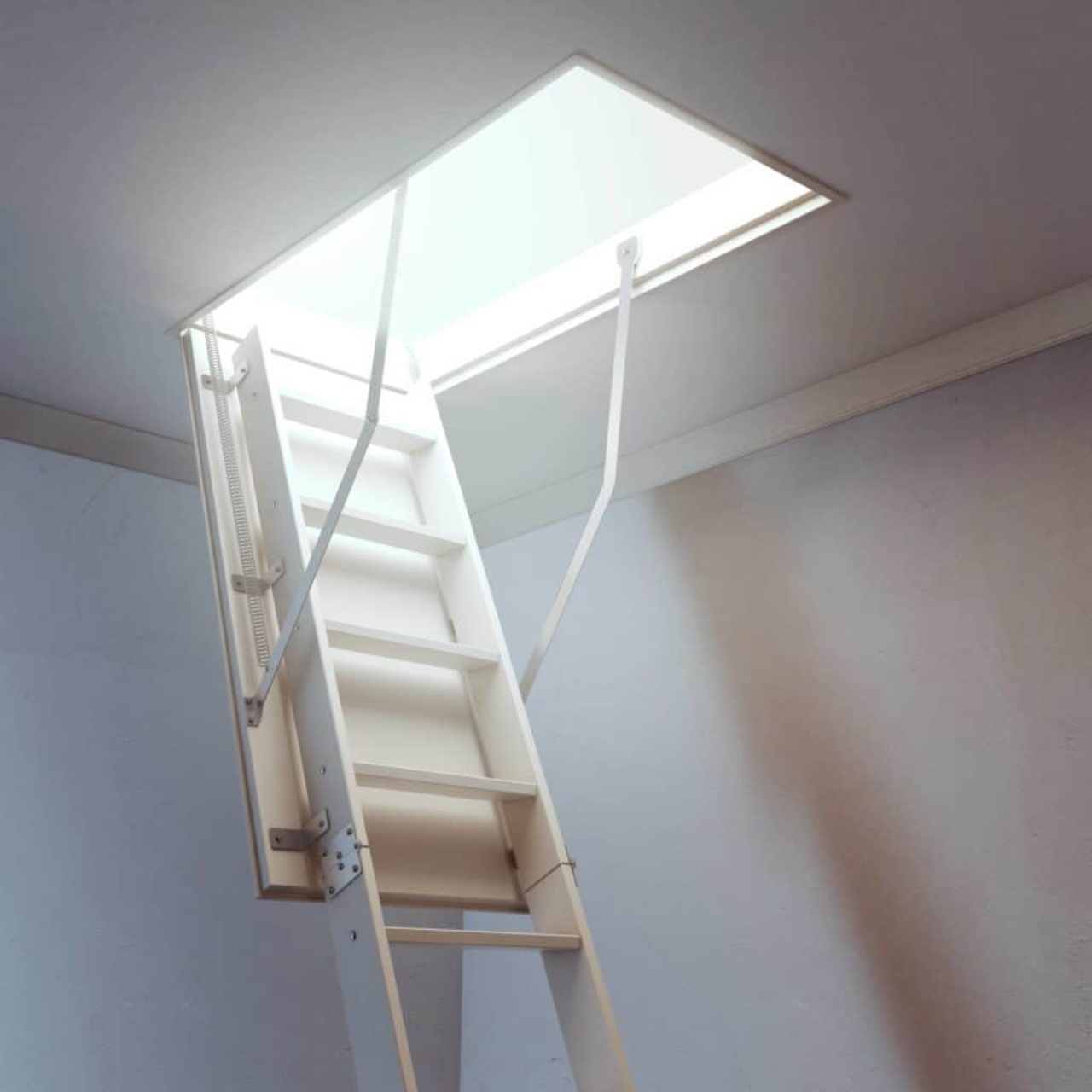
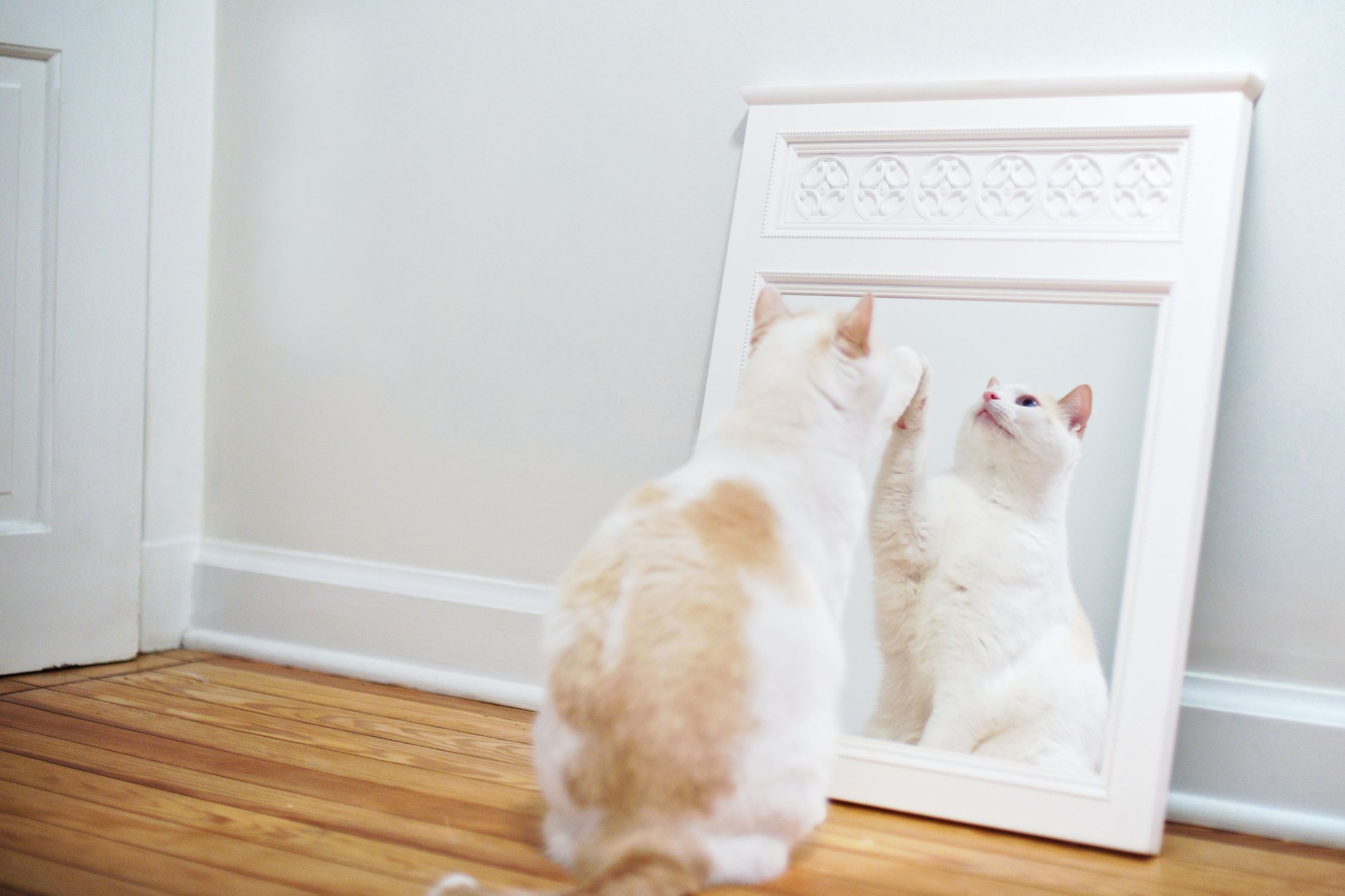
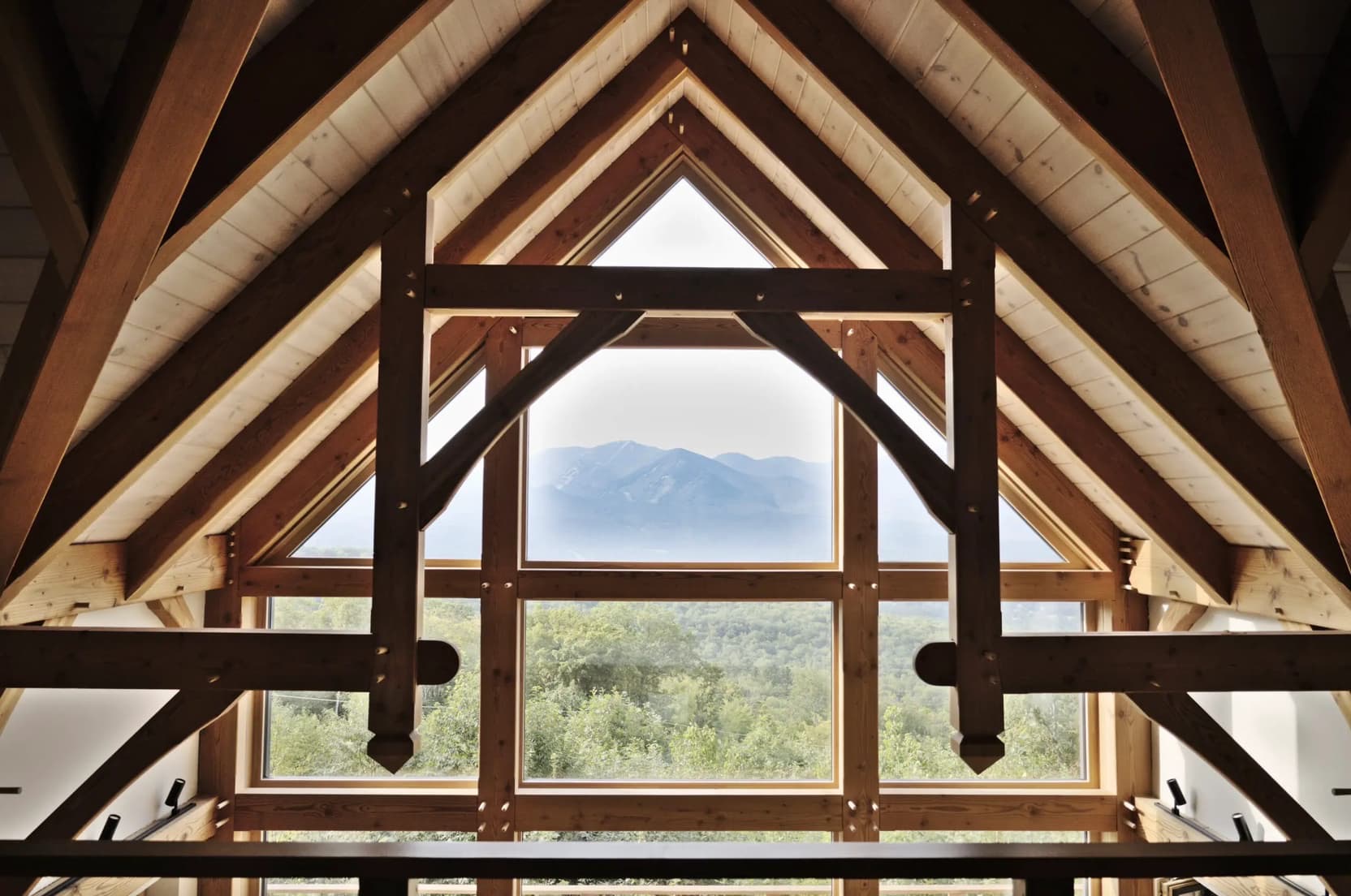
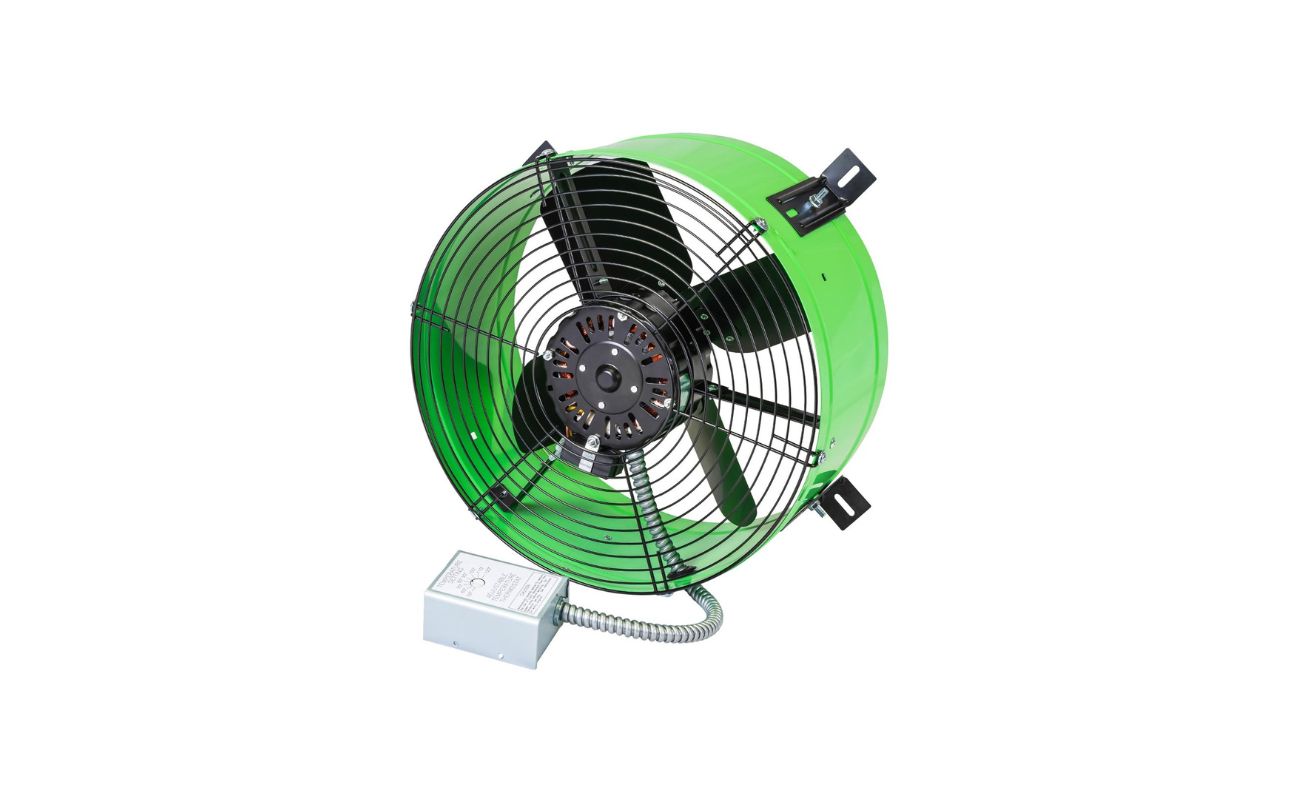
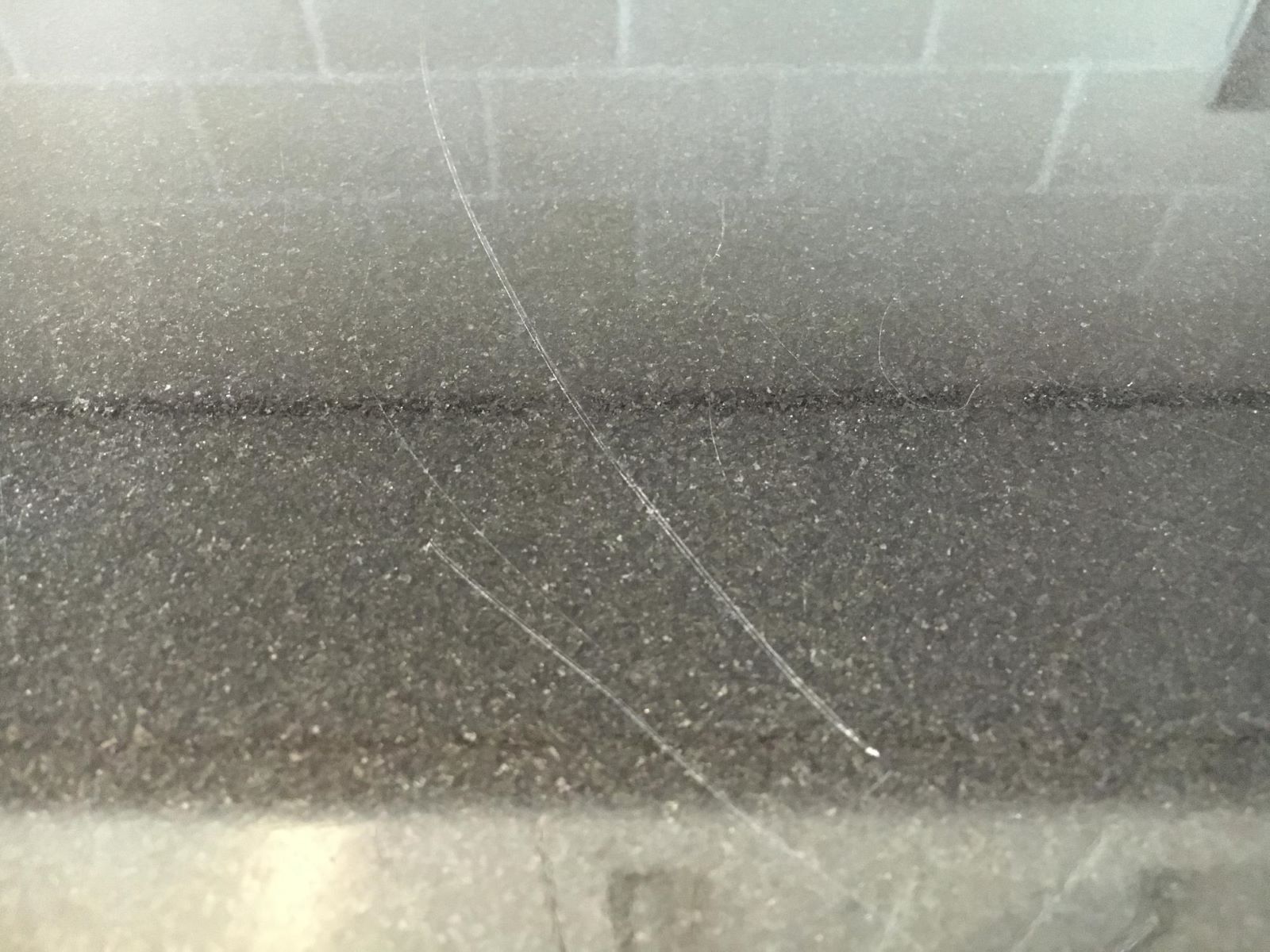


0 thoughts on “What Could Be Scratching In My Attic”